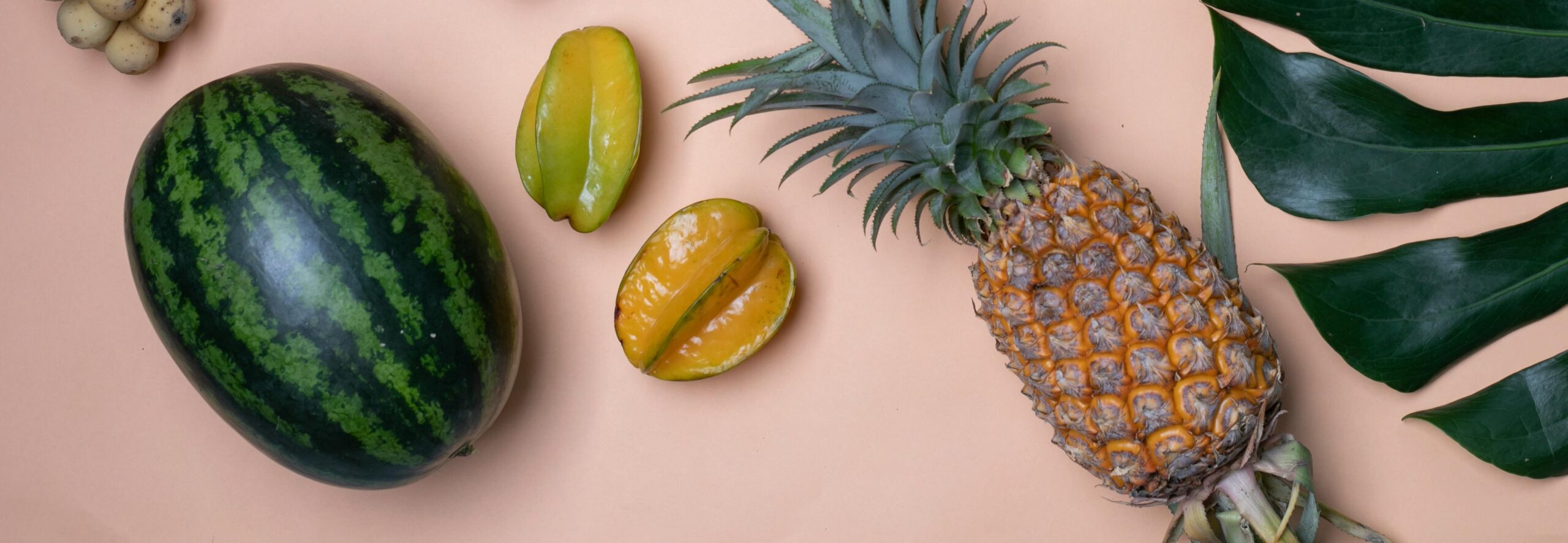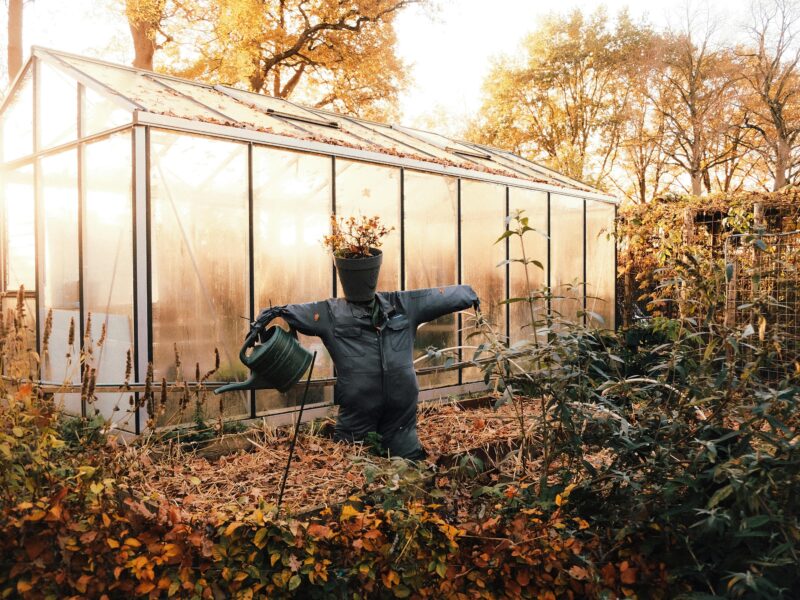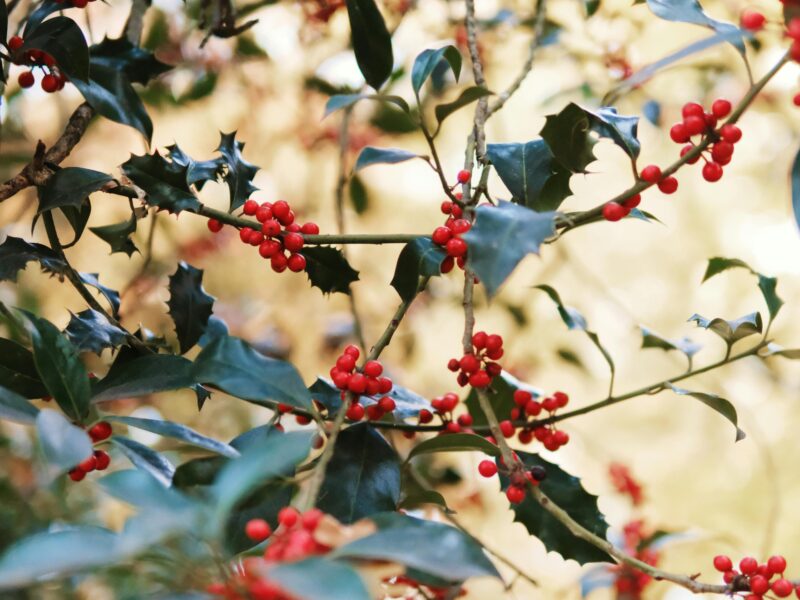When most people think of landscaping, they imagine lush lawns, ornamental flowers, and neatly trimmed hedges. But what if your landscape could be more than just beautiful—what if it could also feed you? Edible landscaping, the practice of integrating food-producing plants into traditional landscape design, combines the best of both worlds. It allows gardeners to create spaces that are not only visually appealing but also functional, sustainable, and delicious.
What Is Edible Landscaping?
Edible landscaping is the art of designing outdoor spaces that include fruits, vegetables, herbs, and edible flowers alongside ornamental plants. Instead of hiding vegetable gardens in the backyard, edible landscapes proudly weave them into the overall design. Imagine blueberry shrubs lining a walkway, basil edging a flower bed, or fruit trees doubling as shade providers.
This approach goes beyond aesthetics—it reconnects people with their food sources while promoting biodiversity and reducing the environmental footprint of ornamental-only gardens.
Benefits of Edible Landscaping
- Practical Beauty
Edible plants are just as beautiful as ornamental ones. Bright red tomatoes, purple kale, and golden marigolds create vibrant displays, while fruit trees add structure and seasonal interest. - Fresh, Healthy Food
Growing food at home means easy access to fresh, organic produce. Herbs, salad greens, and berries can be harvested minutes before eating, maximizing flavor and nutrition. - Cost Savings
Even a small edible landscape can cut grocery bills. Fresh herbs alone are costly in stores but inexpensive to grow at home. - Environmental Benefits
Edible landscapes reduce reliance on industrial agriculture and cut the carbon footprint of transporting food. They also attract pollinators and beneficial insects, boosting local biodiversity. - Sustainability and Resilience
By producing food locally, edible landscapes contribute to food security and make households more resilient in times of crisis.
Ideas for Incorporating Edibles into Your Garden
- Fruit Trees as Focal Points
Apple, pear, or citrus trees provide shade, blossoms, and fruit. Dwarf or espaliered varieties are ideal for small spaces and can be trained against walls or fences. - Berry Bushes as Hedges
Blueberries, raspberries, and currants make excellent natural borders while producing nutritious harvests. - Herbs as Ground Cover or Edging
Creeping thyme, oregano, and parsley can line walkways or fill gaps between pavers. They release fragrant aromas when brushed against. - Vegetables in Flower Beds
Bright chard, ornamental peppers, and purple cabbage add texture and color. Mixing edibles with ornamentals enhances beauty and productivity. - Vertical Growing
Trellises, arbors, and fences can support climbing crops like beans, cucumbers, and grapes, adding height and greenery to your design. - Edible Flowers
Nasturtiums, pansies, and calendula bring bursts of color and can be used in salads or as garnishes.
Tips for Success
- Plan for Aesthetics and Function: Choose plants that complement each other visually and seasonally. For example, pair tall sunflowers with trailing squash.
- Rotate Crops: Changing planting locations each year helps prevent soil depletion and pest buildup.
- Use Companion Planting: Pairing certain plants (like basil with tomatoes) can improve flavor and reduce pests.
- Mind Maintenance: Just like ornamental landscapes, edible gardens need care—watering, pruning, and harvesting are key to keeping them attractive.
Common Challenges
While edible landscaping is rewarding, it comes with challenges. Some edible plants have shorter lifespans than perennials, requiring seasonal replanting. Others may attract wildlife eager to share your harvest. Strategic design—like fencing, raised beds, or using protective netting—can help overcome these hurdles.
Edible landscaping proves that gardens can be both stunning and practical. By weaving fruits, vegetables, and herbs into your outdoor spaces, you create landscapes that nourish the body, delight the eye, and support the planet.
In a time when sustainability and self-reliance are more important than ever, edible landscaping offers a beautiful solution. Whether you’re planting a few herbs among flowers or designing a full food-producing garden, every edible addition brings you one step closer to a landscape that truly works for you.


